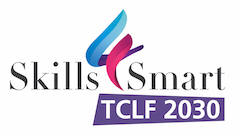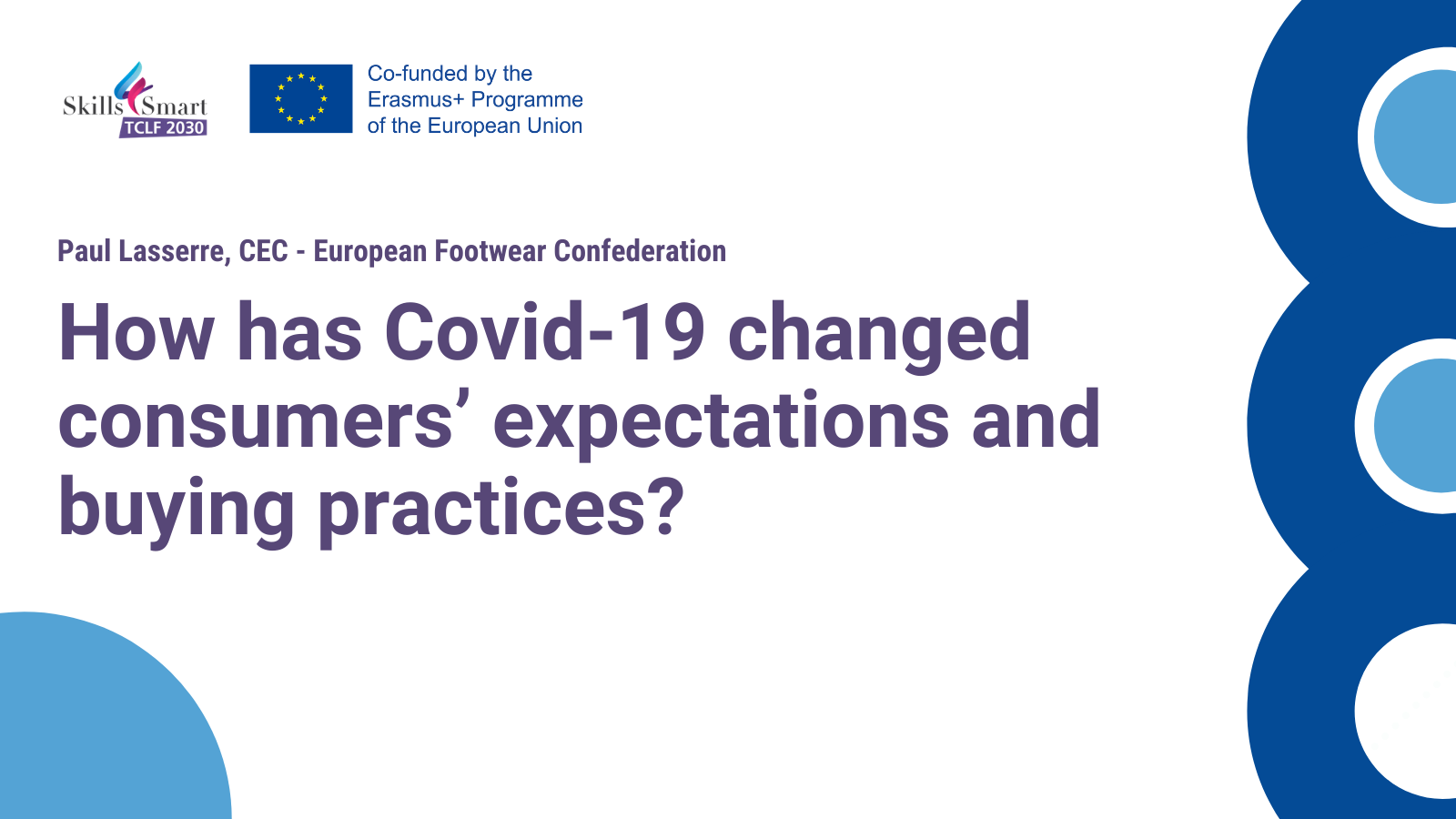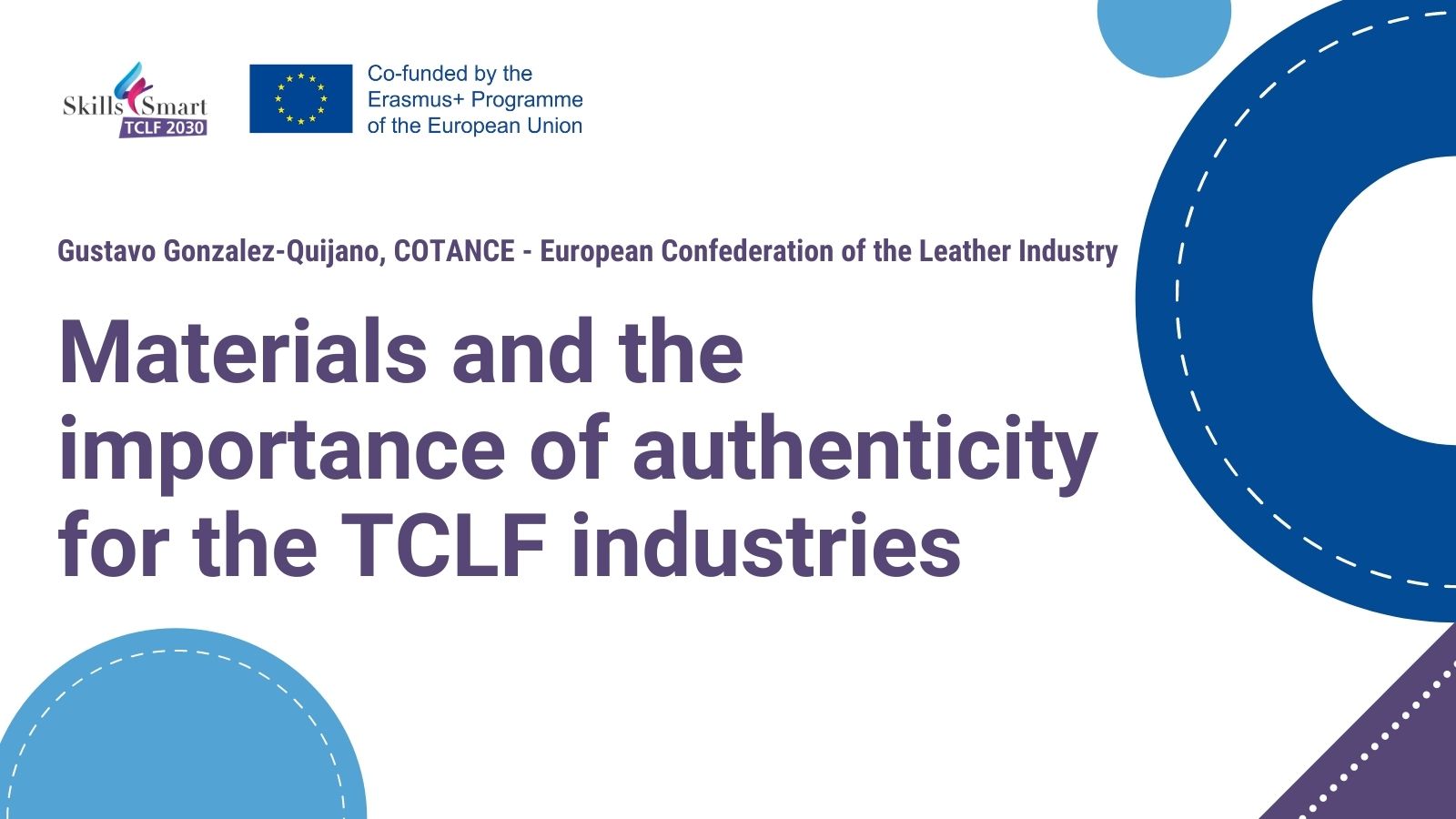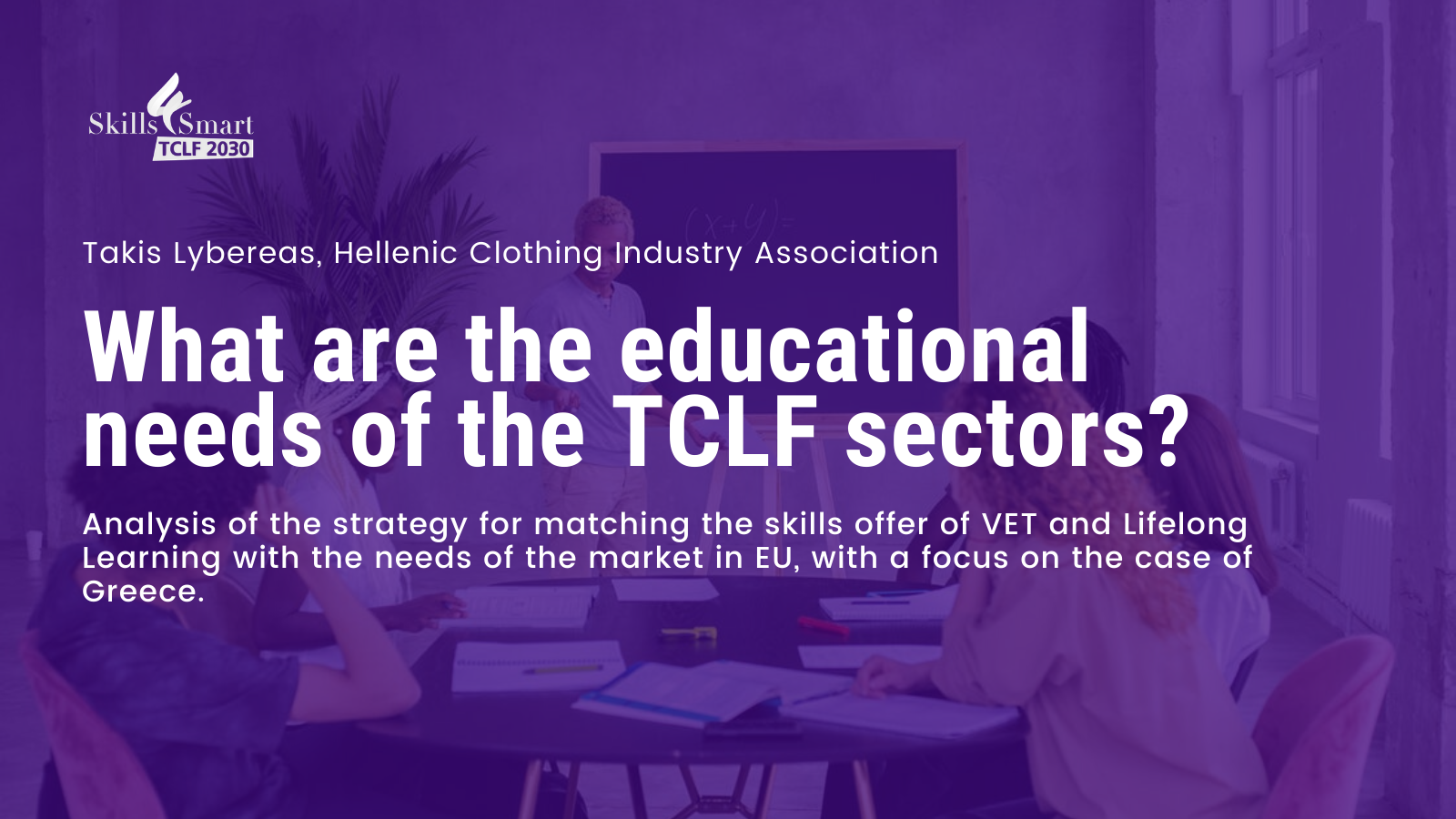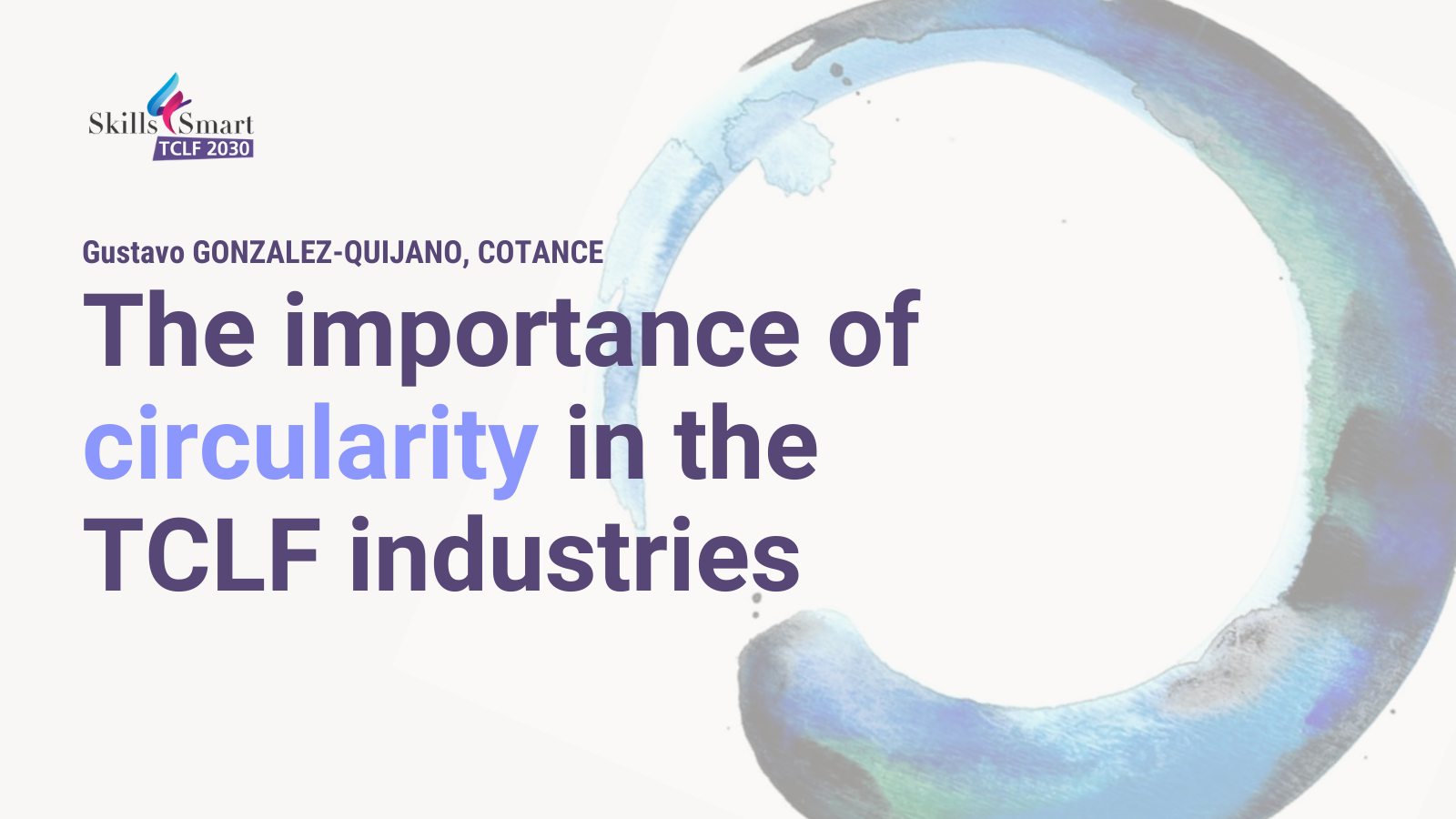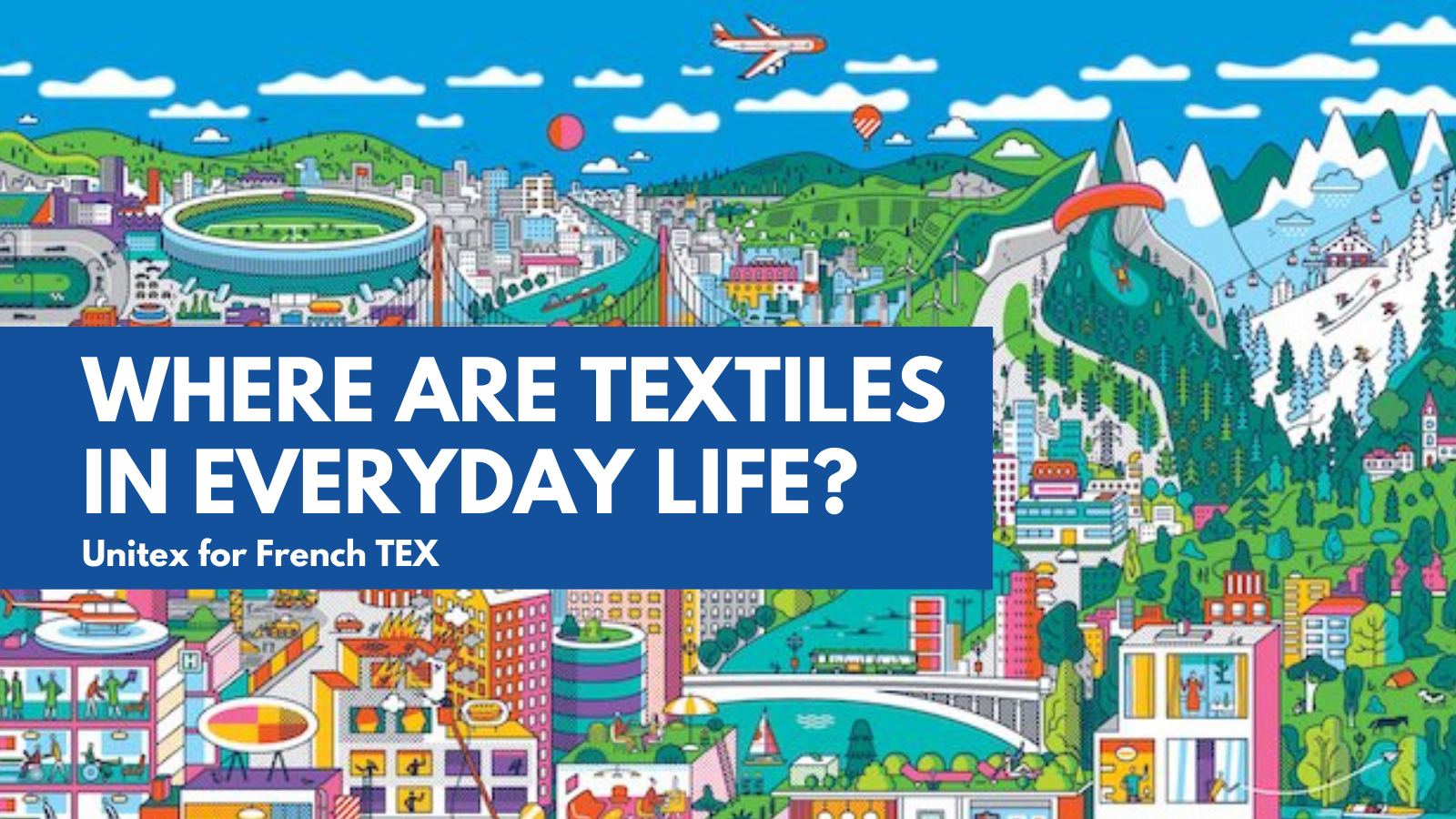How has Covid-19 changed consumers’ expectations and buying practices?
COVID-19 deeply changed consumer behaviour. With the right skills and opportune approach TCLF companies can benefit from it. The scale and length of the COVID-19 sanitary and economic crisis have had a profound impact on everyone’s lives. Millions of people have been asked to stay at home to slow down the pandemic. In Europe, government health and safety measures have incurred the closing of workplaces, schools, and many businesses. The ensuing economic downturn has negatively affected the finances of many Europeans, and the enduring lockdowns have incurred drastic lifestyle changes. A combination of economic uncertainty and lifestyle changes have changed what [...]
